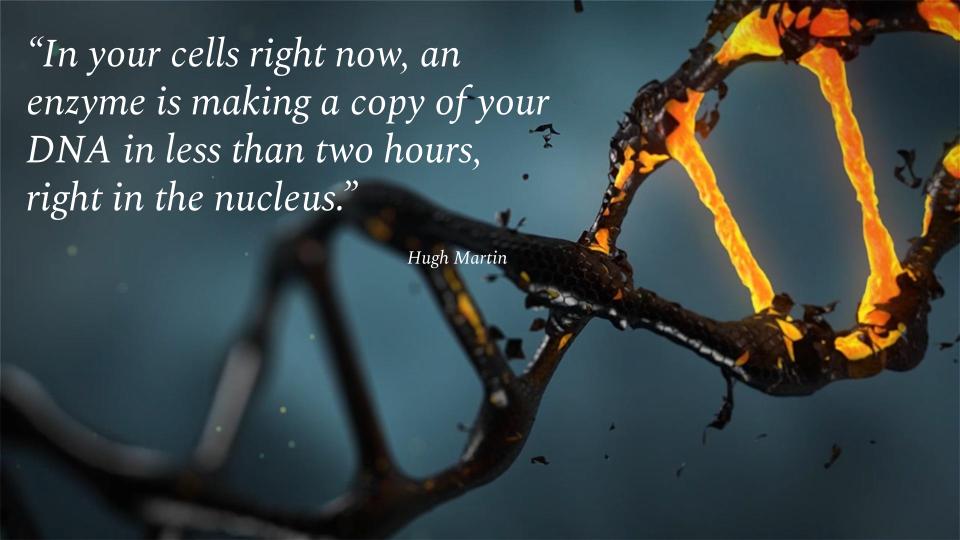|
We’ve all likely heard someone claim they possess the “old” age gene. Those select few who can boast a mother, father, or grandparent, maybe all, who lived into their nineties or beyond. And it is true. Our DNA does have the potential to impact our health, our longevity, and how we weather the years. For example, diseases like heart disease, type II diabetes, and many auto-immune disorders, all have genetic predispositions. However, having a genetic predisposition does not guarantee we will get the disease. Take type II diabetes. We know that type II diabetes runs in families. But we also know that the gene for type II diabetes needs to be activated by the environment. So these epigenes, or switches, exist but must be turned on in order to cause the disease to develop. And when it comes to the changes most of us associate with aging, the story gets even more nuanced and complex. How we age and the level of health we enjoy in our golden years is linked to a type of non-coding DNA called telomeres. DNA, short for deoxyribonucleic acid, is located on a structure called a chromosome that can be found in the cell’s nucleus. Each cell has twenty-three pairs, or forty-six, chromosomes. Best observed when they unravel during cell division, chromosomes contain the cell’s DNA (and your genes) which are responsible for the coding of specific proteins and that ultimately determine all our unique and even our not so unique characteristics. The ability of these chromosomes to unravel and return to their tightly packaged original state is in large part a function of telomeres. These telomeres are also made of DNA, but they don’t code for anything. Instead they function much the way the plastic tips on a shoestring do. They cap the DNA and prevent it from fraying and becoming damaged. Like most things, over time, the telomeres wear out. Specially, they shorten to the point that they are no longer effective. This degradation of telomeres has several negative consequences to the cell that will manifest itself as aging both on the inside and outside. Fortunately, our body has a system for trying to keep our telomeres in good shape, which can prolong or delay the aging process. Telomerase, an enzyme our body is capable of making, can help repair and replenish the telomeres, extending their life and keeping us feeling and looking younger. Unfortunately, telomerase is often limited, which may sound like a bad thing, but that may in reality further demonstrate our bodies innate wisdom. Cancer cells, which are essentially human cells that have gone rouge, also benefit from telomerase. In that sense, what is good for our “good” cells is also be good for these “bad” cells. It is the potential to nurture cancer cells that has experts advising individuals against buying and consuming over-the-counter supplements that claim to increase telomerase. Still, scientists are currently exploring ways to increase and improve telomerase function in a manner that doesn’t also promote cancer. In the meantime, they claim there are natural and safer ways of boosting telomerase and telomerase activity which results in longer telomeres and a longer healthier life. If you haven’t guessed already, it’s by addressing the four pillars of health. That’s right. Regular exercise*, whole foods, adequate sleep, and especially stress management, as stress and our reaction to it has been shown to have a tremendous impact on the length of telomeres, maximizes telomere length in several randomized clinical trials and thus slows and in some cases reverse the aging process. *excessive exercise or overtraining was actually found to decrease telomere length
0 Comments
Your comment will be posted after it is approved.
Leave a Reply. |
AuthorShaun Taylor Bevins Archives
April 2020
Categories
|

 RSS Feed
RSS Feed